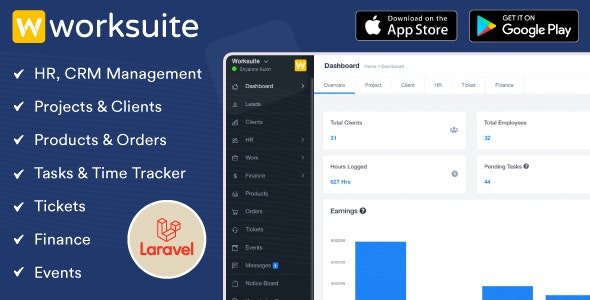5 Website Development Mistakes That Slow Down Your Site

A fast-loading website is essential. It not only determines user experience but also impacts search engine rankings. Yet, several common development mistakes can harm site performance. Below are five critical missteps and how to avoid them.
Using Oversized Images
Images breathe life into your website, but oversized files can have the opposite effect: they drag your site’s performance down.
Why Oversized Images Are a Problem
Large image files increase page load times significantly. Slow load speeds frustrate users, increasing bounce rates and reducing conversion opportunities. This is especially critical on mobile devices, where visitors expect even faster responses.
For example, research shows that a load time exceeding three seconds causes 53% of mobile users to leave the site. This statistic highlights how essential optimizing image sizes is for a smooth user experience.
How to Optimize Images for Web Use
Proper file formatting and size adjustments can save kilobytes without compromising quality. Use tools like TinyPNG to compress images effectively. When choosing file formats, use JPEG for detailed photographs and PNG for graphics needing transparency. Cropping and resizing also ensures you’re serving the right dimensions.

Heavy or Inefficient Code
Your website’s code is its backbone. But sometimes, poorly written or bloated code adds unnecessary weight, slowing down the experience for users.
Common Coding Pitfalls
Common issues include unused CSS and JavaScript files, redundant elements, and outdated libraries. These elements clutter your site architecture, causing inefficiencies during page rendering. Over time, this affects both users and search engine crawlers.
Best Practices for Code Optimization
Minify CSS, JavaScript, and HTML files using tools like Gulp or Webpack. Adopt a modular approach to load only necessary code. Content delivery networks (CDNs) like Cloudflare also improve performance by caching data closer to the end user.
For detailed guidance, check resources such as Best Code Optimization Techniques.
Ignoring Mobile Optimization
The digital world is increasingly mobile-first. Neglecting mobile responsiveness is no longer an option—it’s a necessity.
The Rise of Mobile Browsing
Did you know that mobile devices account for over 55% of global web traffic? Ignoring this audience could cost you dearly in terms of both users and revenue. An unoptimized site not only alienates visitors but also negatively impacts your search engine rankings.
Steps to Optimize for Mobile Devices
Implement a responsive design framework to adapt to different screen sizes seamlessly. Test using tools like Google’s Mobile-Friendly Test. Optimize navigation menus and avoid intrusive pop-ups, since these frustrate mobile users.
Excessive Use of Plugins and Third-Party Scripts
Plugins add functionalities, no doubt. However, too many can act like anchors, slowing your site to a crawl.
The Hidden Costs of Plugins
While plugins seem convenient, poorly coded ones can create conflicts, affecting not only speed but site security too. A single, redundant plugin can increase server requests, reduce site performance, or even cause crashes.
Choosing and Managing Plugins Wisely
Evaluate the necessity of each plugin. Go for lightweight, well-supported options. Regularly update all plugins to their latest versions. Articles such as How Many Plugins Is Too Many? provide additional tips for managing plugins effectively.
Selecting an Inadequate Hosting Provider
No matter how well-optimized your site is, poor hosting will sabotage all efforts.
How Hosting Affects Performance
Every hosting provider has different response times, bandwidth allocations, and uptime guarantees. A slow server can add seconds to your load time, frustrating users and harming your site’s reputation.
Finding the Right Hosting Solution
Prioritize uptime guarantees, fast customer support, and scalable plans. Look into reviews for top hosts like SiteGround or Bluehost, with more insights found in resources like 10 Tips For Choosing The Right Web Hosting Company.
Conclusion
Optimizing your website for speed isn’t a one-time task—it requires constant attention to detail. From resizing images to managing plugins and selecting the proper hosting provider, addressing these mistakes will keep your site fast and user-friendly. A faster site means happier users—and search engines will reward you for it.



